|
Do you see ghosts in the waterfall?
Clouds disperse their secrets as The moon cavorts in blue vapors. The wind is missing Love and laughter The moans, the hissing The mystic, mossy stones. Salmon shadows wither In shreds of alabaster spray. They forget the calm of the deep. They forget the taste of salt. Do you see ghosts in the waterfall? Mushrooms ponder Vague drops of light, Meditate Celebrate When the ancient trees At last lie down to sleep To decay and nourish. The wild flow swells and ebbs and Swells again Tells again of the birth and Death of seasons Singing songs learned in black caves To be born to bright oceans. Eyes open. Eyes closed. Do you see ghosts in the waterfall?
3 Comments
"Zuñi Sunrise" is a traditional Native American melody which was first transcribed into western notation and published as sheet music in 1913 by Carlos Troyer. (Charles Troyer, born in Frankfurt, Germany in 1837, was a pianist/composer/teacher who immigrated to America and settled in San Francisco sometime before 1871. He began using the name Carlos in 1885 and became known for his arrangements of Native American melodies. His transcription of "Zuñi Sunrise" was widely reprinted in books for schoolchildren and the scouting movement.) I first heard it as sung by the legendary Navajo singer, Ed Lee Natay, on a recording made by Canyon Records in 1951. This version was playing in the reconstructed great kiva at Aztec National Monument in Aztec, New Mexico, during my first visit there in 1990. I was entranced by the haunting simplicity and beauty of the melody. Soon afterward, I learned it on the Native American flute (by ear from the Natay recording) so I could perform it as part of my theater piece, Desert Time. The song has been part of my repertoire ever since. I have played it at weddings and funerals. I have played it in depths of the Grand Canyon, in the Maze, and on the banks of the San Juan River as a wake-up tune for rafters. I have played it for audiences in Greece, Cambodia, and Laos. I performed it for a class at the Naropa Institute taught by Native flute master, R. Carlos Nakai, who had recorded the melody for his 1983 debut album, Changes. In 2013, I was pleased to finally record my own version for Indalo Wind's debut album. On this recording, I play a six-hole red cedar flute made by legendary Cherokee flute-maker, Hawk Littlejohn, which I purchased from his daughter at a powwow in Durham, North Carolina in 1992. It is my favorite flute and one which has traveled far and wide.
Preah Khan ("Sacred Sword") was built in 1191 as a monastery and school by King Jayavarman VII (reigned 1181-1220), who dedicated it to his father Dharaindravarman. This 138-acre Buddhist complex served as the nucleus of a temple community that included Neak Pean and Ta Som, which are located along Jayataka Baray, the last of the great reservoirs constructed at Angkor. The garuda is the symbolic guardian and protector of Preah Khan. There are 72 of these 5-meter high statues along the wall that surrounds Preah Khan. Each garuda holds in either hand a three-headed naga. In Hindu mythology, the half-man, half-bird figure is the mount of Vishnu and is the mortal enemy of the naga. Buddhist mythology aligns the two here as protectors of the ground and water (naga) and the heavenly realm (garuda).
|
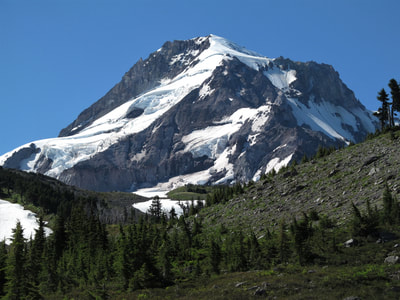
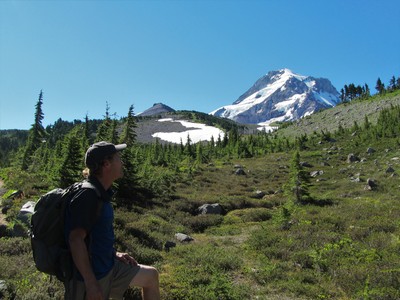
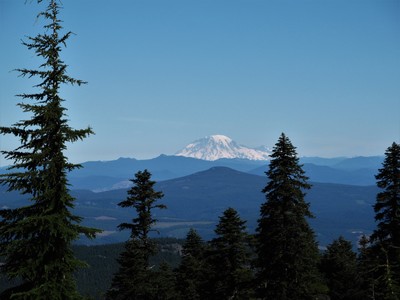
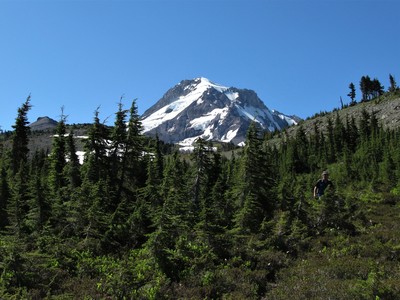
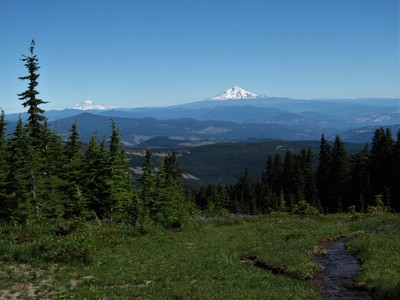
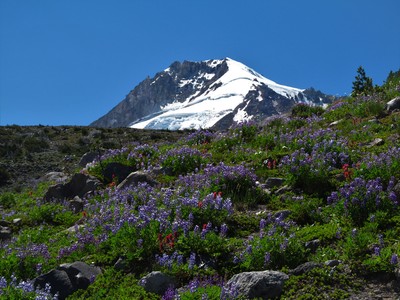
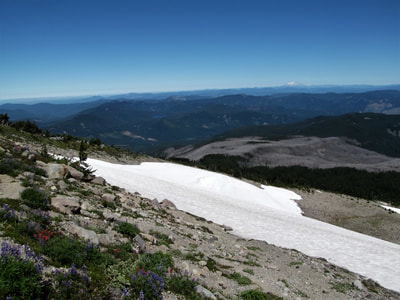
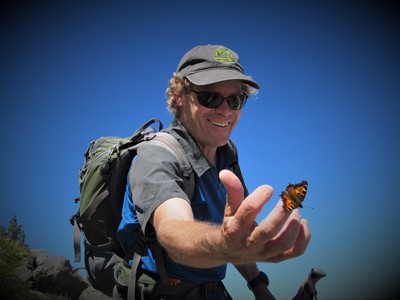
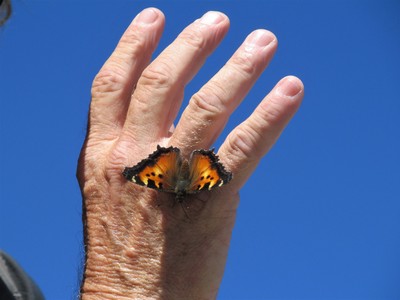
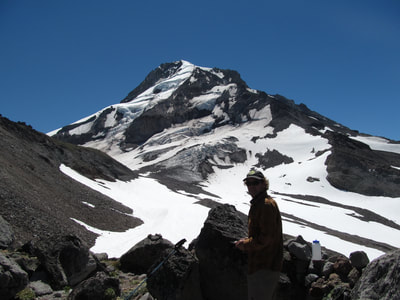
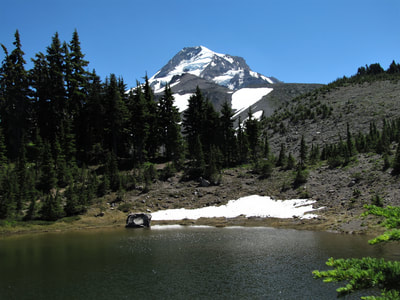
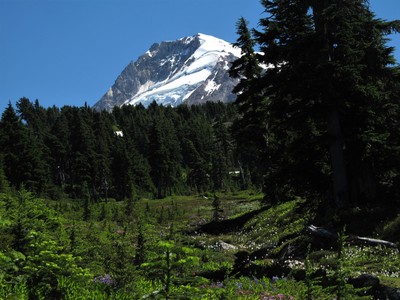
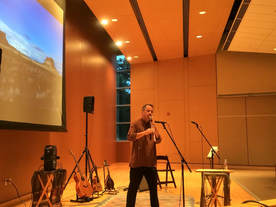
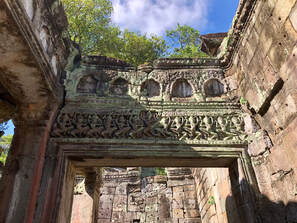
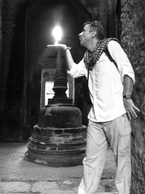
 RSS Feed
RSS Feed


